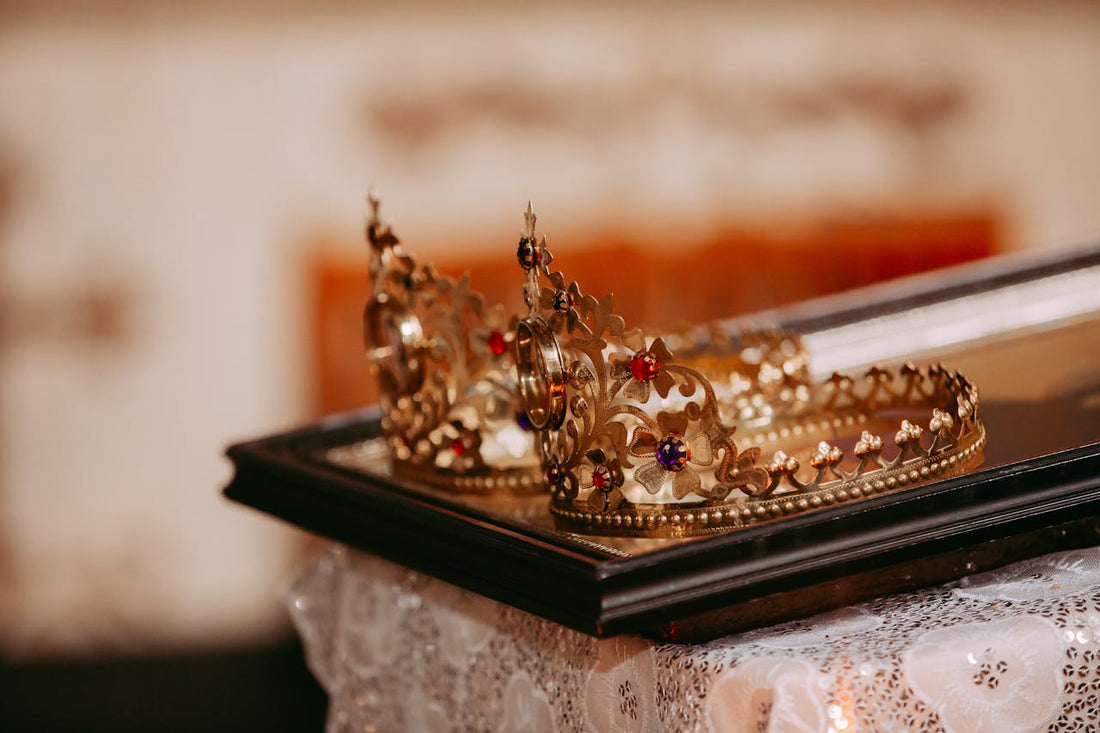
The Influence of African Royalty on Modern Fashion; from Ancient Kingdoms to Runway Trends
Partager
Africa’s rich history of royalty has always been synonymous with opulence, grandeur, and intricate artistry, influencing various spheres, including modern fashion. From the majestic robes of ancient African kings and queens to contemporary runway trends, the regal essence of African royalty has made an indelible mark on global fashion.
The Legacy of African Royalty
Throughout history, African kingdoms such as Ancient Egypt, the Kingdom of Benin, and the Zulu Kingdom have left behind not only tales of conquest and governance but also a legacy of magnificent clothing and accessories. African royalty was often adorned in garments crafted from the finest materials, including silk, velvet, and richly woven textiles like kente and aso-oke. These garments symbolized power, wealth, and cultural pride.

Elaborate headpieces, gold jewelry, and bold patterns were also characteristic of royal African attire, with designs representing various cultural significance, from status and rank to protection and spiritual energy.
African Royalty’s Influence on Modern Fashion
The timeless elegance and cultural symbolism of African royalty have found their way into contemporary fashion. Designers worldwide draw inspiration from the textiles, patterns, and aesthetics of Africa’s royal past. Kente cloth, originally worn by the Ashanti and Ewe royalty of Ghana, is now a global fashion statement, used in everything from high-end fashion collections to street-wear.

Bold prints, vibrant colors, and exquisite embroidery rooted in African royal traditions are seen on modern runways. International designers such as Stella McCartney, Olivier Rousteing, and even brands like Dior have infused African royal-inspired elements into their collections, highlighting the global appeal of African aesthetics.
Reinterpreting Royalty in Fashion
Modern African designers are at the forefront of this movement, reinterpreting the luxury and symbolism of African royalty in their creations. Designers such as Loza Maléombho, Laduma Ngxokolo, and Lisa Folawiyo take elements from traditional African royal attire—be it intricate bead-work, regal fabrics, or dramatic silhouettes—and modernize them for contemporary audiences. These creations honor Africa’s royal heritage while making a powerful fashion statement.

African royalty's influence has also paved the way for the Afrofuturism movement, blending cultural tradition with futuristic visions. Designers and artists use this fusion to celebrate African identity in a bold, innovative way that is both a nod to the past and a glance into the future.
Global Runway Trends and Cultural Appreciation
The influence of African royalty is not confined to African designers alone. International fashion houses increasingly embrace African-inspired designs, incorporating these elements into global fashion shows. However, it’s essential to distinguish between cultural appreciation and appropriation. True appreciation involves recognizing and respecting the origins of African designs and ensuring that the richness of these traditions is honored.

African models, such as Alek Wek, Adut Akech, and Imaan Hammam, have also played a significant role in representing African royalty’s fashion influence on global platforms, embodying both the grace and power of African royalty.
Conclusion
The impact of African royalty on modern fashion is profound, transcending centuries and continents. From the regal attire of ancient African empires to the high-fashion runways of today, the influence of African royalty continues to shape contemporary fashion. As more designers honor and celebrate this legacy, African royalty’s essence will remain a cornerstone of global style, reminding us of Africa’s unmatched contribution to the fashion world.